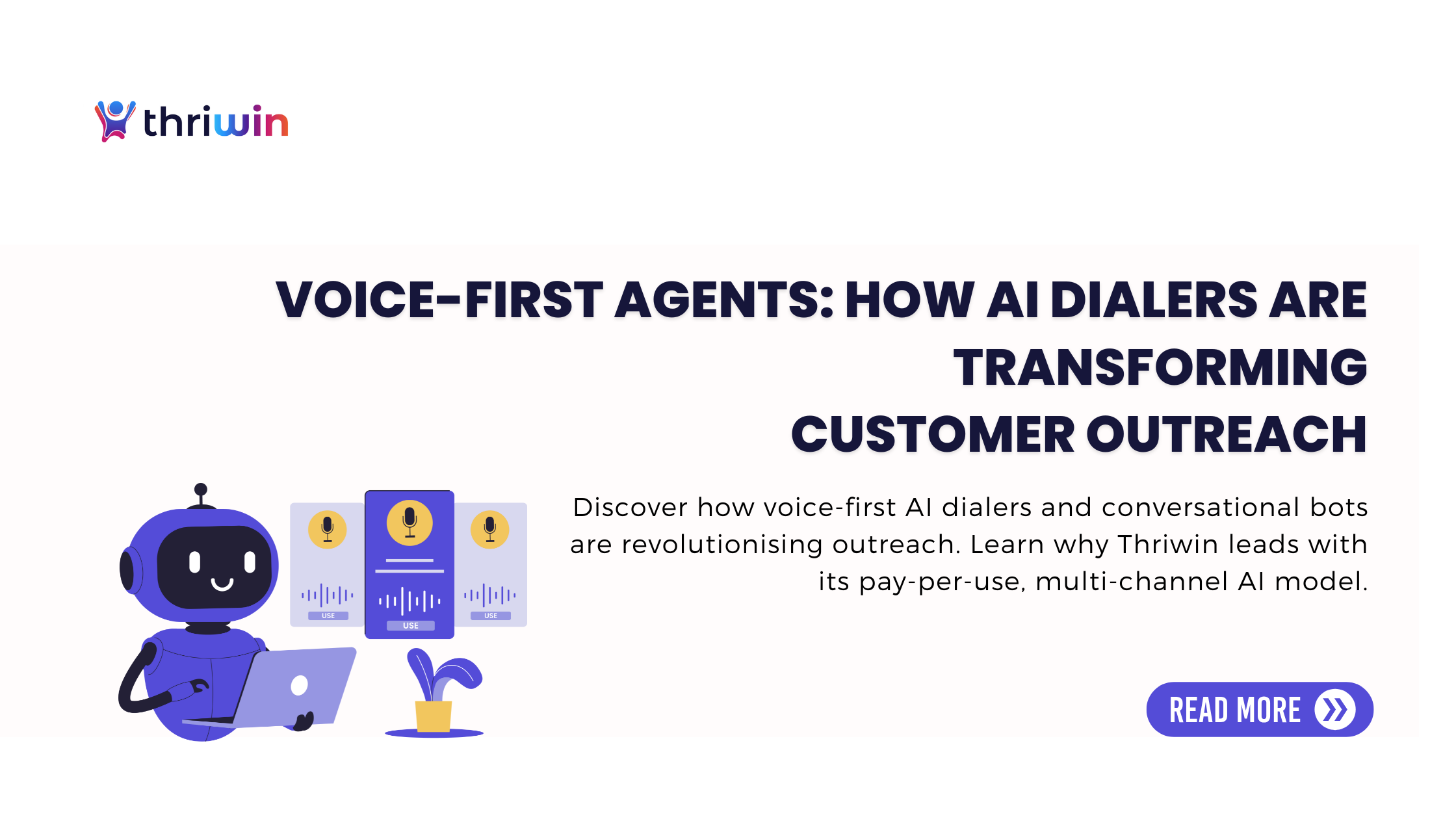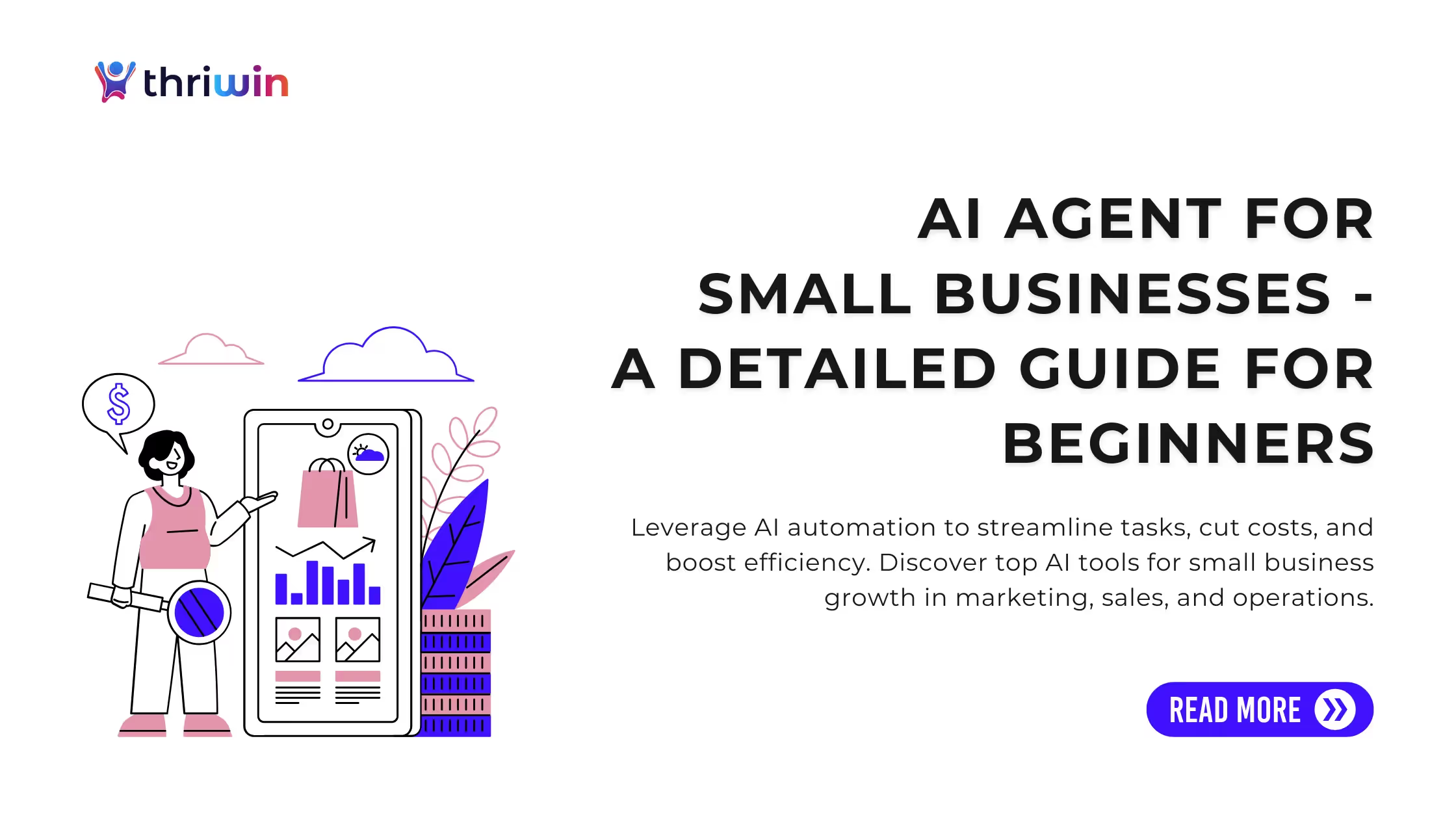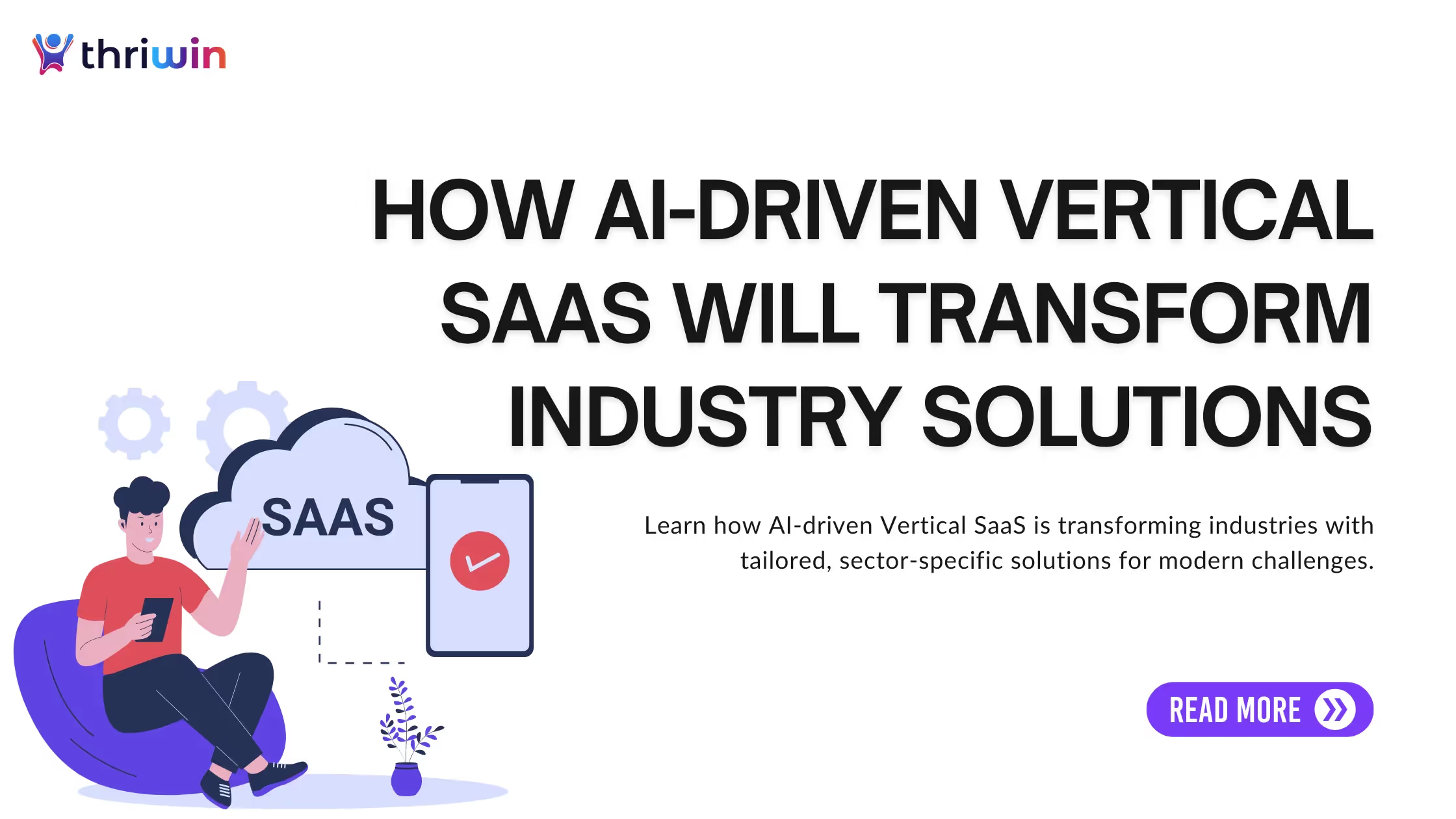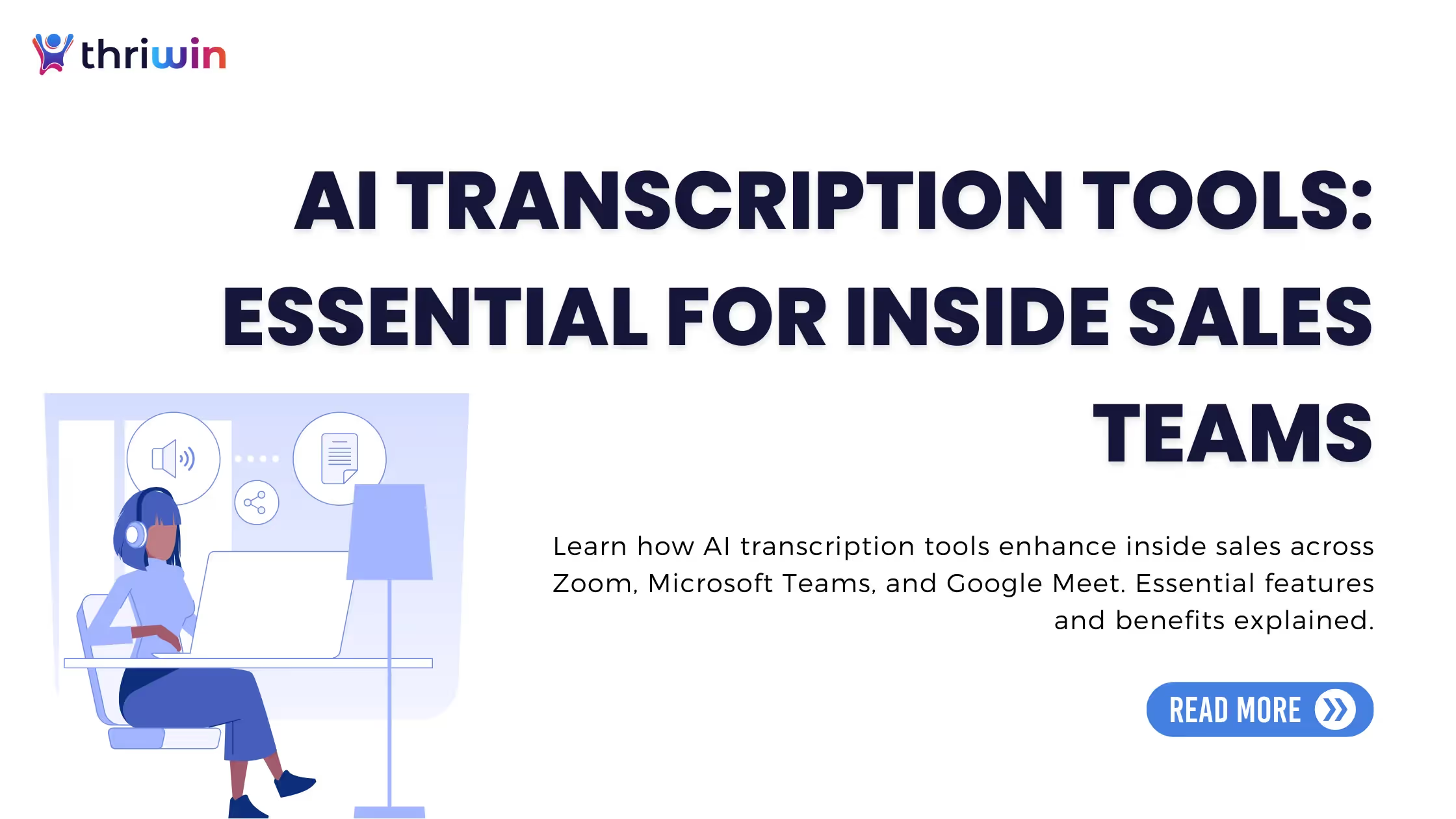
The Voice-First Revolution in Customer Outreach
The customer-outreach landscape is shifting fast. Traditional manual calling, sprawling email blasts, and static chatbots no longer cut it. Enter voice-first agents - automated AI-dialers and conversational voice bots that engage prospects in natural speech across channels. These systems are enabling organisations in the USA and Asia to scale outreach, personalise interactions, and drive conversions with a human-like voice.
For decision-makers and tech leaders in sales and marketing operations, the message is simple. If you’re still relying primarily on manual SDR calling, email-only sequence, or text chatbots, you’re missing a leap-frog opportunity. This article explores how voice-first agents work, why they matter, how they differ from chatbots, and how platforms like Thriwin are leading the transformation.
What Are Voice-First Agents? Beyond Chatbot
A voice-first agent combines advanced speech recognition and synthesis, natural language understanding (NLU), and dialogue management to engage customers via voice - not just text. These agents initiate outbound calls, follow-up calls, engage in multi-turn conversations, and can escalate to humans when needed. Crucially, they differ from chatbots in tone, channel (voice vs text,) and complexity of interaction.
Conversational Agent vs Chatbot – key distinctions
Chatbots typically operate in text, handle predefined scripts or simple intents, and are limited to chats or web widgets. Conversational agents engage via voice (and often text), maintain context, handle tone-changes, pause/resume, and switch channels. They are built for richer outreach across phone, mobile, and voice channels.
- Channel depth: voice, mobile, and omnichannel reach
- Context & tone: managing human-like dialogue
Conversational agents track context across turns, adjust tone (e.g., polite, urgent), handle interruptions, and resume - a level of interaction chatbots rarely deliver.
Core Components of a Voice-First Conversational AI
At the heart of voice-first outreach are these key technologies: automatic speech recognition (ASR), natural language understanding (NLU), dialogue management, text-to-speech (TTS) with expressive voice, context memory, integration with CRM/telephony, and continuous learning. Each piece plays a role in making the agent behave like a human-caller.
- ASR & NLU: turning voice into meaning
Speech is converted to text (ASR), then parsed for intent and emotion (NLU) so the agent understands what the user says.
- TTS & voice personality: sounding human
High-fidelity TTS with natural pauses and intonation gives the agent a human-like voice, improving trust and engagement.
How AI Dialers and Conversational Bots Combine for Outreach Success
Launching a campaign with voice-first outreach involves two coordinated systems:
- The AI dialer that dials prospects at scale, optimises timing, avoids voicemail traps, and hands off to
- The conversational bot, which takes the call, engages in speech, guides the user, and logs context back to CRM.
This duo enables companies to scale voice outreach, maintain consistency, and gather rich data from spoken interactions.
- AI Dialers: scaling outbound voice campaigns
An AI dialer uses predictive models to select contacts, schedule call times, monitor response likelihood, and trigger the voice agent only when a live person answers. This reduces wasted calls, avoids voicemail, and boosts live-connect rates.
- Predictive call timing and live-connect logic
Machine-learning models can determine the best time to reach a contact and dynamically reroute calls if voicemail or a busy signal is detected, maximising live picks.
- Conversational Bots: human-level voice engagement
Once connected, the conversational bot handles a multi-turn spoken conversation: unpacking inbound responses, asking qualifying questions, booking appointments, or transferring to humans when needed. It also logs all call metadata and insights into CRM systems - creating intelligence that was previously lost in traditional calls.
- Multi-turn dialogue with fallback to human agent
The bot manages entire flows, but when it cannot proceed, it seamlessly hands off to a human agent, ensuring no dead ends.
- CRM integration & intelligent logging
Calls automatically push transcripts, summaries, and next steps into CRM systems - giving sales teams visibility and actionable context without manual work.
5 Ways Voice-First Agents Are Transforming Outreach
Organisations across the USA and Asia are deploying voice-first agents and achieving tangible outcomes in conversion rates, cost efficiency, and engagement. Here are five standout ways this transformation is happening - and how decision-makers should think about these shifts.
1. Hyper-Personalised Voice Conversations at Scale
Unlike generic robocalls, voice-first agents use data (CRM history, previous calls, behavioural signals) to tailor the script, tone, and follow-up questions. The result: a conversation that feels individually crafted - even though it is being scaled across thousands of contacts.

2. Automation-Driven Efficiency and Cost Reduction
Manual outbound campaigns require large SDR teams to make calls, log results, and follow up. With voice-first agents, companies reduce headcount, avoid human errors, free up reps for higher-value work, and lower per-outreach costs, especially relevant in high-volume markets such as Asia.
3. Multichannel Reach – Voice + SMS + WhatsApp Integration
In many Asian markets, especially, outreach cannot rely purely on voice. Voice-first platforms are integrating SMS, WhatsApp, and mobile voice seamlessly, ensuring outreach reaches customers wherever they are. This broader footprint improves connect rates and engagement.
4. Real-time Insights from Voice Conversations
Each voice interaction produces rich data - sentiment, objections, engagement drop-off points, next-step cues. Decision-makers can use these analytics to refine scripts, train human agents, and continuously optimise campaign performance.
5. Global Scale with Localised Voices & Languages
For global outreach (especially US → Asia or Asia → USA), voice-first agents support multiple languages, dialects, and even accented TTS. This localised voice capability builds trust, improves engagement, and removes the language barrier for scale campaigns.
Choosing the Right Platform: Why Thriwin Stands Out
For decision-makers evaluating voice-first outreach platforms, few options deliver the combined dialer + conversational bot + usage-based pricing model that Thriwin offers. Here’s a breakdown of how Thriwin compares, and what features you should prioritise.
Thriwin’s unique value proposition
Thriwin provides an AI-first sales outreach platform that lets you activate multi-channel campaigns (voice, email, landing pages) in a day—no heavy training or a large SDR team required. According to statistics, AI calling agents can replace up to 80% of SDR costs.
They combine power dialer, AI-agent calling, multi-channel outreach, landing page builder, and CRM in one unified platform. For tech & sales leads, the appeal is clear: one platform, fewer integration headaches, scaled voice outreach.
Pay-per-Use Pricing vs Fixed Subscriptions
Unlike many incumbents that charge fixed monthly fees regardless of usage, Thriwin’s model is usage-based. Their pricing page lists usage-based events: for example, the AI Agent uses ChatGPT-API language models at $0.15 per 1M tokens consumed. Calls are charged per minute, phone numbers are billed monthly, etc.
That means if you run fewer campaigns in a month, your cost drops - good for agile sales operations or seasonal outreach. This is particularly compelling for SMEs and start-ups, as well as for decision-makers at MNCs who want cost flexibility.
Core Features to Evaluate in Voice-Outreach Platforms
When evaluating a platform like Thriwin (or alternatives), decision-makers should prioritise:

- AI Dialer with predictive algorithms (contact-selection, optimal timing, voicemail avoidance)
- Conversational voice agent with multi-turn ability, seamless fallback to human agent
- CRM / telephony integration (calls logged, transcripts, follow-up tasks created)
- Analytics dashboards with voice-sentiment intelligence, live-connect ratios, and drop-off mapping
- Multi-channel orchestration (voice, e-mail, landing pages, SMS/WhatsApp)
- Support for USA & Asia region calls; local-language & dialect support; compliance (TCPA/Do-Not-Call in USA, TRAI in India)
- Transparent, usage-based pricing (so cost scales with value)
- Fast time-to-market: deployment in days, not months (Thriwin promises “activate in a day”).
For tech leaders and decision-makers, ensuring the platform aligns with your stack (CRM, telephony, analytics) and has low overhead onboarding is key. Thriwin’s positioning addresses exactly this.
Future Outlook: What Lies Ahead for Voice-First Outreach
Looking ahead, voice-first agents will evolve beyond scripts into autonomous conversational strategists. Expect predictive call-intent detection, emotion AI that shifts tone mid-call, seamless handoffs across voice, chat, video, and even the metaverse, and tighter alignment between marketing, sales, and service outreach. Here’s what decision-makers should keep an eye on.
Emotion-Aware Voice Agents and Adaptive Scripts
Next-gen voice agents will detect user emotion in mid-call (tone, pauses, hesitations) and adapt responses, shifting dynamically from sales to service tone, improving user satisfaction and conversion.
Omnichannel Agent Fusion: Voice, Chat, Video, AR
The future agent will not be siloed in voice alone but will weave across voice, chat, video, and augmented-reality worlds - creating a unified outreach fabric. Agents will pick the best channel mid-journey; e.g., start with voice, drop into SMS/WhatsApp, escalate to video with a human agent as needed.
For decision-makers, investing early in platforms that are “voice-first but channel-agnostic” will give you an advantage in the next wave of outreach.
Conclusion: Embrace Voice-First to Win the Outreach Game
Voice-first agents represent a paradigm shift in how outreach is done - from manual calls to intelligent, scalable voice engagements. For organisations operating in the USA and Asia, seizing this moment can mean higher conversions, lower cost, and richer customer relationships. Platforms like Thriwin make it accessible. The question is no longer whether you should adopt voice-first, but when. For tech leads, sales heads, and outreach decision-makers: the time is now.
Call to Action: Transform Your Outreach with Thriwin’s Voice-First Agents
Decision-makers in sales, marketing, and customer-outreach - if you’re ready to scale your voice outreach, reduce SDR-load, and deliver human-level conversational engagement across markets, let’s talk. Schedule a demo with Thriwin today, activate your first voice campaign within days, and start generating higher-quality leads without incremental headcount. Get ahead of your competitors - make voice-first outreach your growth engine now.
%201.svg)






